Details
Experience description
Natura, Territorio e Arte: questi sono i 3 elementi chiave da cui nasce La Regola, una struttura ecocompatibile e alimentata ad energia solare, immersa in un ambiente in cui vi è una forte sinergia e simbiosi senza alterazione del suo paesaggio e dove si producono vini biologici e di carattere.
Il tour della cantina prevede la visita degli impianti di produzione, delle sale degustazione e della splendida barriccaia realizzata dal Maestro Tonelli, una vera e propria opera d’arte unica nel suo genere, un omaggio antico e contemporaneo agli Etruschi che hanno abitato questi luoghi. A completare l’esperienza, è la degustazione di 3 vini base biologici accompagnati da prodotti stagionali a km 0.
Wines for tasting
LIGUSTRO
Rosso Costa Toscana IGT - Sangiovese, Syrah
STECCAIA
Bianco Costa Toscana IGT - Vermentino, Sauvignon Blanc
ROSE'GOLA
Rosato Costa Toscana IGT - Merlot, Syrah
Food pairing
Selezione di prodotti stagionali a km 0. Abbinamenti vegetariani su richiesta.
Useful info
Curiosities
- Il nome “La Regola” nasce da un piccolo appezzamento di terra che la famiglia Nuti acquistò agli inizi del 1900 in località La Regola, per coltivarvi un pò d’olio e vino per consumo familiare.
- Nella zona dove è stata di recente costruita la nuova cantina, sono stati rinvenuti resti di un antico insediamento Etrusco del VII sec. A.C e numerose anfore vinarie.
- E’ possibile soggiornare nel Resort La Regola, a due passi dal mare e dalla magnifica pineta “La Mazzanta”.
Nearby places to visit
- Riparbella: borgo il cui centro storico sorto intorno al castello è di origine medioevale e risale circa all’anno 1000, per opera dei conti Della Gherardesca.
- Riserva Naturale Tombolo di Cecina: si estende per 15 km ed è una delle più belle foreste italiane che dalla spiaggia si spinge verso l’interno della fascia costiera.
- Bolgheri: il noto borgo medievale dei Gherardesca è a pochi km di distanza, un’area vitivinicola tra le più importanti in Italia, in cui si trovano cantine famose in tutto il mondo, come Tenuta San Guido - Sassicaia e Ornellaia.
- Volterra: borgo medievale che conserva evidenti tracce del passato etrusco, come le imponenti mura che la circondano, e romano, come i resti del teatro. Numerosi i luoghi da visitare, dal Museo Etrusco, al Duomo, il Palazzo dei Priori, la Fortezza Medicea e molto altro ancora. Da Volterra si possono ammirare panorami stupendi sulla Val di Cecina e sui calanchi.

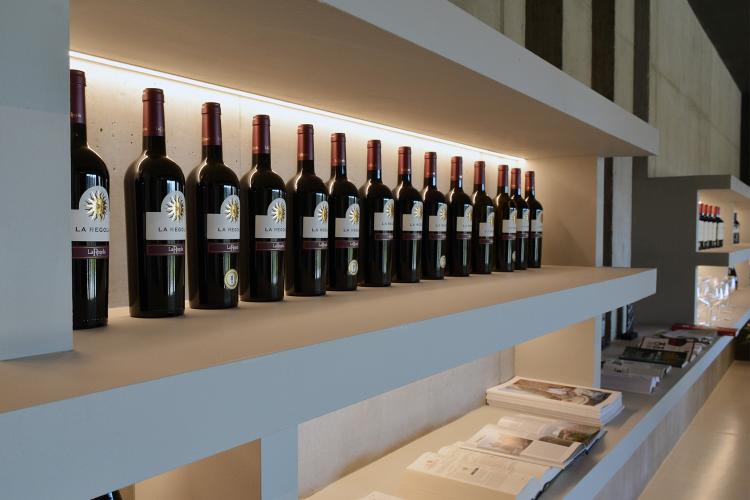
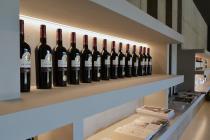
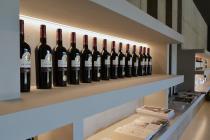
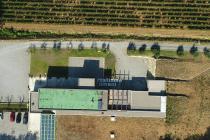
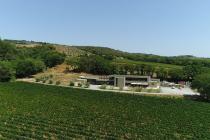
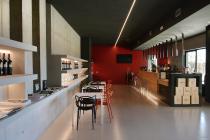
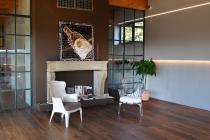
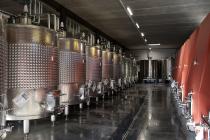
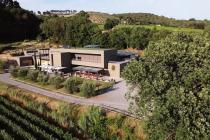
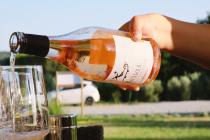
Share